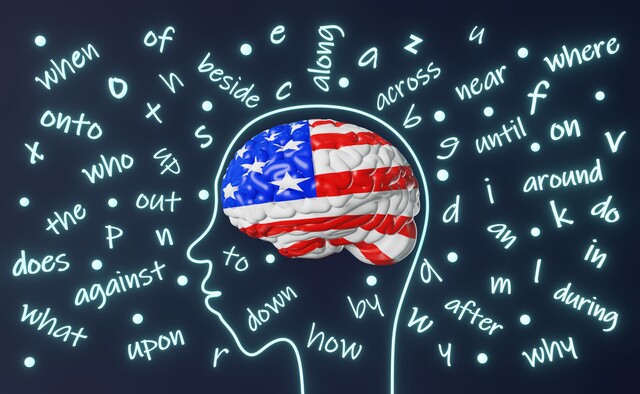Business Writing
Empower Your Words, Elevate Your Business
Business Writing

Empower Your Words, Elevate Your Business

Unlock a world of opportunities with dynamic, confident communication through our transformative Business Writing course. Imagine your words captivating audiences, commanding respect, and propelling you to new professional heights. This course is your gateway to mastering the art of impactful business communication, equipping you with skills essential for success in today's competitive landscape. Dive into a journey that reshapes not only your writing but your entire career trajectory, enabling you to forge stronger connections, overcome challenges, and realize your ambitions. Elevate every email, report, and memo with clarity and precision that sets you apart. Don't just adapt--excel. Enroll today and transform your potential into undeniable professional prowess, where every word works for you.
In This Course 
19 Hours average completion time
1.9 CEUs
19 Lessons
40 Exams & Assignments
284 Discussions
19 Videos
34 Reference Files
10 Articles
Mobile Friendly
Last Updated December 2025
Description 
We live in a world where communication is paramount to survival. In a work environment where communication is equated with the professionalism and efficiency of an individual, would you jeopardize your career because of bad writing? Do you want the embarrassment of sending out a poorly written email to your peers? Can you risk sending out badly written communications to customers and putting your company's reputation on the line? Of course not, no one aspires to be a bad writer. No one wants to communicate badly.
This crash course in business communication may help remedy your writing woes. From the basic do's and don'ts of business communication to the nitty-gritty of formatting, punctuation, tone and language--this course covers all the fundamentals. As a one stop guide to a professional's writing career, the class is ideal for assistants, secretaries, executives, managers, and senior managers of any company or organization. Learn about the common mistakes we make when writing a business letter. Learn how often people mistake 'affect' for 'effect', and 'except' for 'accept'. Learn about how to write business emails.
This course will also give you insights into your reader's mind. Who are they? What do they want? How can you effectively reach out to them?
Skills You'll Develop 
- Audience analysis insights
- Discrimination-free language
- Impactful tone setting
- Effective written communication
- Proofreading and editing proficiency
- Resume and application letter crafting
- Professional email etiquette
- Error-free business writing
Discover More Skills Like These 
Related Courses 
-

How to Run a Dog Day Care
-

Teaching Grammar to ESL Students
-

Vocabulary Level 2
-

The Art of Breathing
-

How to Live with a Teenager
-

Microsoft Word Level 1
-

Computer Literacy Level 2 - Internet Basics
-

Resolving Workplace Conflict
-

How to Start a Gift Basket Business
-

Mastering Gmail: Unlock the Power of Modern Email
-

Celtic Mythology 101
-

Medical Terminology 101
-

Auras: Viewing, Identifying, and Understanding
-

Microsoft Excel Level 1
-

Call Center Customer Service
-

Writing Women's Fiction
-

Great Family Vacations
-

PowerPoint 2021
-

How to Can, Freeze, Dry and Preserve Food
-

Adobe Edge Animate
